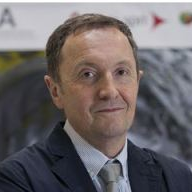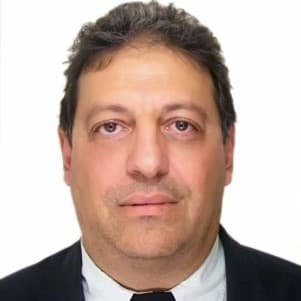Machine Tools, Advanced Machining and Ultraprecision Machining
A special issue of Machines (ISSN 2075-1702). This special issue belongs to the section "Advanced Manufacturing".
Deadline for manuscript submissions: closed (30 April 2023) | Viewed by 5600
Special Issue Editors
Interests: machining; CAD/CAM; Industry 4.0
Special Issues, Collections and Topics in MDPI journals
Interests: manufacturing process
Special Issues, Collections and Topics in MDPI journals
Interests: machining processes
Special Issues, Collections and Topics in MDPI journals
Special Issue Information
Dear Colleagues,
Machine tools and machining processes form the basis of any developed economy, resulting in the increasing demand for micro- and ultraprecision products and components in recent decades. The novel era of machine tool designs and CNC controllers associated with Industry 4.0 technologies represents a driving force for future industries.
For the manufacture of small and ultraprecision parts, two scopes of this manufacturing chain must be considered: first, from the machines point of view, including advanced machine designs, kinematics, structural materials, CNC controllers as well as the CNC codes generated by CAD/CAM systems, all being relevant sources to guaranty the precision of the manufactured parts and the reduction in machining time. Moreover, Industry 4.0 brought the possibility of communicating between CNC and data clouds, today having become a necessity, for monitoring the production, process and machine itself, as well as bringing the possibility for controlling the machine with a remote app.
On the order hand, from the process point of view, novel cutting tool technologies, such as for geometry, materials and coatings, advances in machining strategies and the materials to be machined have presented challenges in high-performance and ultraprecision machining.
Together, both scopes are considered contemporary industry challenges. Taking this scenario into account, this Special Issue aims to provide a forum for researchers and practitioners to exchange their latest theoretical and engineering achievements, as well as to identify critical issues and challenges for future studies concerning machine tools and ultraprecision machining. Experimental research field condition results are especially encouraged for submission; theoretical papers accepted into this Special Issue are expected to contain original ideas and potential solutions to real problems.
Topics include, but are not limited to, the following domains:
- Case studies of ultraprecision machining and micromachining.
- Cutting tools: materials, geometry and coatings.
- Cutting fluids.
- Inspection of ultraprecision parts.
- Machine design: structural and kinematic.
- Machining process modelling and simulation.
- Industry 4.0: monitoring and controlling the machine, process and the manufactured parts.
- Controller: CNC interpolation, control loop, precision and high-speed processing.
- Modal analysis, stiffness of the tool holder/cutting tool and part fixture.
- Machine modelling and simulation.
- CAD/CAM: ultraprecision tool path generation.
- Machine sensing.
- Interface communication: HMI, CNC and data cloud
Prof. Dr. Adriano Fagali de Souza
Prof. Dr. Luis Norberto López De Lacalle
Prof. Dr. Álisson Rocha Machado
Prof. Dr. Alessandro Roger Rodrigues
Guest Editors
Manuscript Submission Information
Manuscripts should be submitted online at www.mdpi.com by registering and logging in to this website. Once you are registered, click here to go to the submission form. Manuscripts can be submitted until the deadline. All submissions that pass pre-check are peer-reviewed. Accepted papers will be published continuously in the journal (as soon as accepted) and will be listed together on the special issue website. Research articles, review articles as well as short communications are invited. For planned papers, a title and short abstract (about 100 words) can be sent to the Editorial Office for announcement on this website.
Submitted manuscripts should not have been published previously, nor be under consideration for publication elsewhere (except conference proceedings papers). All manuscripts are thoroughly refereed through a single-blind peer-review process. A guide for authors and other relevant information for submission of manuscripts is available on the Instructions for Authors page. Machines is an international peer-reviewed open access monthly journal published by MDPI.
Please visit the Instructions for Authors page before submitting a manuscript. The Article Processing Charge (APC) for publication in this open access journal is 2400 CHF (Swiss Francs). Submitted papers should be well formatted and use good English. Authors may use MDPI's English editing service prior to publication or during author revisions.
Keywords
- ultraprecision machine tools
- high-performance CNC
- ultraprecision machining process
- tool paths
- machine simulation
- machining process simulation
- Industry 4.0








